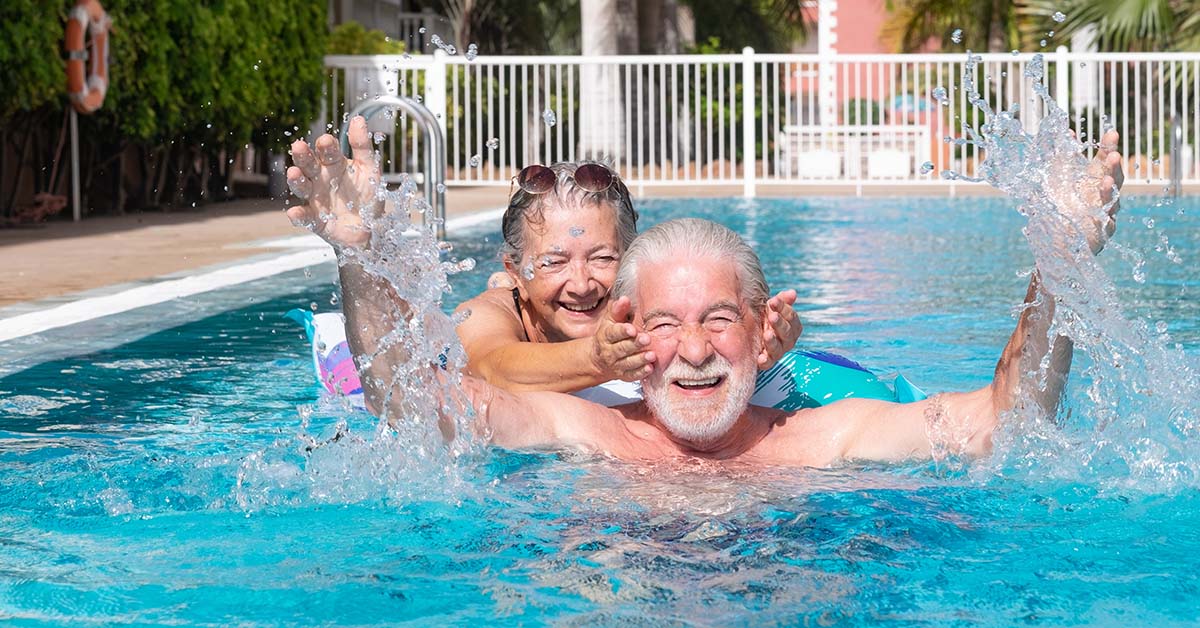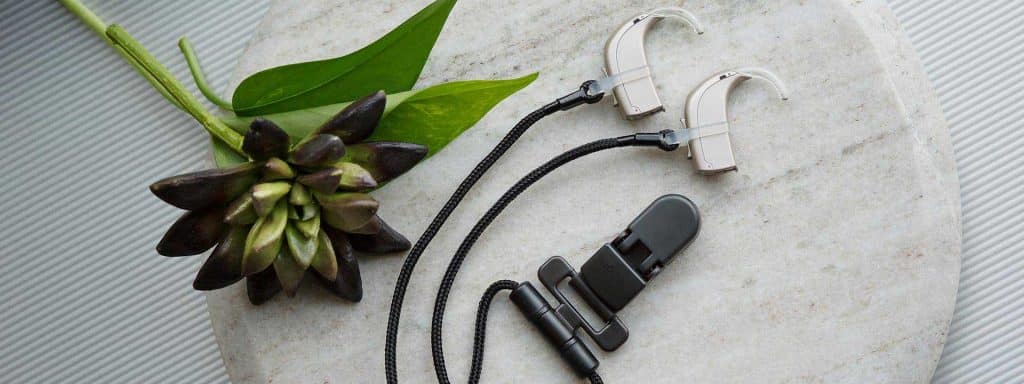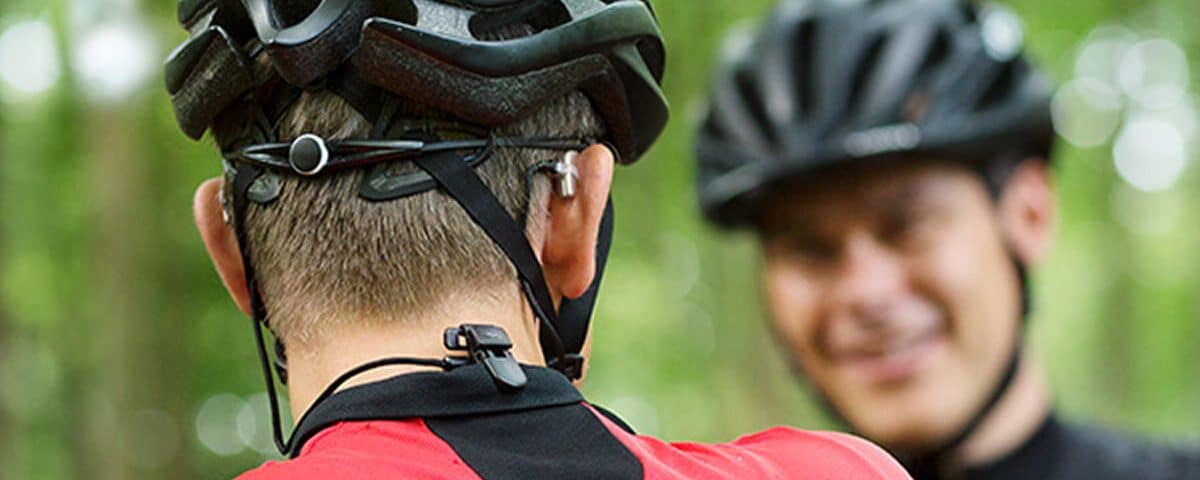
Wet Hearing Aids
July 13, 2022
Regular Hearing Checks
August 12, 2022Biking is a great way to exercise this summer. Moving and getting fresh air is always a plus, but cyclists who also wear hearing aids need to take some extra precautions.
It’s a common misconception that those with hearing loss cannot participate in extreme sports, such as cycling. It just takes the appropriate gear and hearing aids to partake in cycling.
Here are some tips to stay safe when riding on roads, how to adjust your hearing aid device for the best and safest journey and how to select the right helmet. It’s important to note that even cyclists who do not have hearing loss, tend to be exposed to loud noises that can harm their hearing.
Road Safety Advice
A top priority for cyclists, with or without hearing loss, should be staying safe when cycling in traffic. An accident can occur no matter how much riding experience you have, or how great your biking equipment is. There are many ways to enhance your safety before hitting the road.
Basic tips for every cyclist
- Wear a properly fitted helmet.
- Always let someone know where you are going.
- Try not to bike the same path every day. A routine pathway might make you less observant during the ride.
- Carry a phone with you.
- Stay hydrated during your ride. Many people forget to re-hydrate, which can cause heat exhaustion.
Tips for cyclists who are hearing aid users
- When wearing hearing aids, be sure to adjust them to block noises from the wind. It’s hard for everyone to hear traffic noises when the wind is blowing loudly. Make sure your hearing instrument specialist programs a special wind, or noise-cancellation setting.
- You may wear a cap or headband that covers your hearing aids so they can block out the wind. Many cyclists do this to obstruct wind noises as they bike down the road. It works the same way for those who wear hearing aids.
- Be more aware of your surroundings, especially when biking solo. Be sure to switch to the proper settings on your hearing aids if you are biking alone. You won’t have anyone who can alert you with cues.
- It’s best to avoid biking alone. It’s safer to bike with friends or family, no matter how well you can hear.
Cycle with others
Cycling with others can be great for companionship and improving safety during your ride. It’s like traveling in a pack – the more individuals there are, the safer you will be.
You may want to use cues to alert one another about traffic or other hazards. If there are several people on the lookout for cars or motorcycles, there’s going to be at least one person who pays attention to oncoming vehicles. Cyclists are more likely to stop for a break when there are others around them, making the exercise less strenuous.
Cycling in a group also helps drivers become more aware that people are biking on the road. A driver may neglect to be cautious if there’s only one cyclist on the road, but they will most likely drive safer if there is a group of cyclists who are riding together.
If you don’t have friends or family who bike, join a local cycling group. Most groups are happy to have new members join. They can give you more tips on biking safely and more efficiently. It can ease your mind to know that someone is spotting you while cycling.
If you require some more information about cycling or training with a coach feel free to contact Richard Lord from Triathlonworx
Tailor Your Hearing Aids
A bike helmet and your hearing aids are the primary accessories needed when biking. Being more aware of your surroundings is important so that you can navigate the road safely. Always make sure that your hearing aids are correctly adjusted for your individual needs. Visit our Audiologists and describe what you need to safely ride on the roads. Have us program a special setting that you can use for cycling.
Your cycling setting should have an omnidirectional microphone setting. This lets you hear noises from every single direction. It’s not the best setting for restaurants or parties – when you want to talk to one person or a few people. The omnidirectional microphone setting can harness the sound of vehicles approaching from any direction.
Wind-cancellation is another feature that you will need for your hearing aids if you are a cyclist. This noise-filter should be turned up to the max. It’s best to decrease any strain of hearing over the sound of the wind as much as you can. Even those with healthy hearing abilities struggle to hear traffic, or the sound of other people, when it’s too windy.
If you do not have a hearing aid provider, it is very important to find one who will be able to adjust and program your hearing aids for your individual needs. We are here for all your hearing needs.
Selecting Your Helmet
After you get your hearing aids programmed and adjusted, you need a helmet that can be worn with them. Do not purchase a helmet without trying it on while wearing your hearing aids. You need to make sure that the helmet, and your hearing aids, feel comfortable and secure when they rest in your ears.
Make sure the helmet doesn’t press into your ears or your hearing aids. If you intend to wear something under the helmet, such as a fitted cap or sweatband, wear that when trying on your helmet.
After purchasing your helmet, you may want to get accessories – special straps or wind blockers – that will assist in blocking the wind. Contact us to find out more about the Oticon Safeline Hearing Aid retention cord or any other accessories you might need for the best and safest cycling experience.

Taking Care of Your Hearing Aids
Whether you are biking in warm or cool temperatures, moisture can be a big problem when it comes in contact with your hearing aids.
To avoid damage from moisture, stop biking every once in a while and wipe off your ears and hearing aids. Sweatbands can decrease how much sweat comes in contact with your ears, but it’s advised that you wipe off moisture with a cloth or towel. You should stop to re-hydrate, and wipe off the moisture before continuing on your journey.
In cold temperatures, condensation can be a problem. In addition to sweat, your hearing aids are going to gather moisture from the air. Your battery life will be depleted due to the frigid temperature, so always carry an extra pair of batteries if you are going for a long ride.
Are you thinking of upgrading to rechargeable hearing aids?

Protect Your Hearing Health
For everyone, no matter how well or how poor they hear, it’s important to protect your hearing. A study indicated that cyclists’ hearing abilities worsen over time due to noise-induced hearing loss.
These loud sounds include noises from the wind. Wind can become very loud. When you are exposed to those noises for an extensive amount of time, it can diminish your hearing and cause sensorineural hearing loss. This is when the nerves in your cochlea deteriorate. There is no cure for sensorineural hearing loss, so it’s best to do whatever you can to prevent it.
As previously mentioned, you can wear a headband or any other head or ear covering to block out wind noises. After a windy bike ride, don’t go to a loud concert, movie theatre, or restaurant. Let your ears rest before engaging in any of these activities.
You won’t always be able to avoid bicycling in windy conditions, but you can always be prepared to protect your ears when necessary. Earplugs and earmuffs tend to decrease your spatial awareness. Get your hearing tested frequently. If you notice any hearing loss, get tested immediately. It’s best to catch it early so that it can be treated early and reduce further hearing loss, mental deterioration, or depression.



